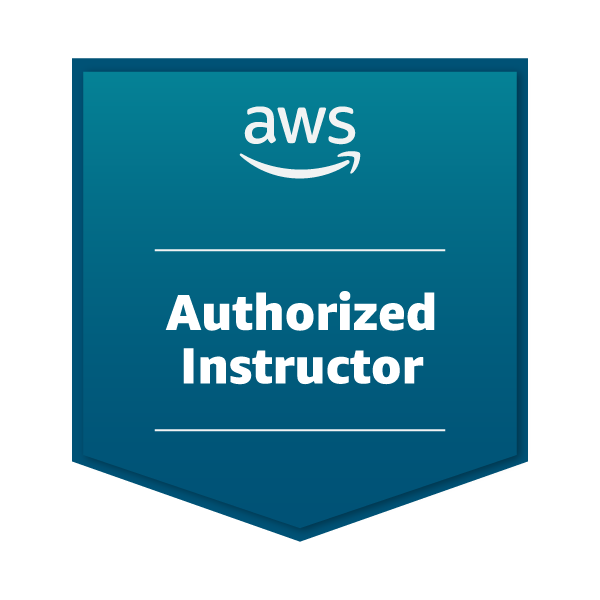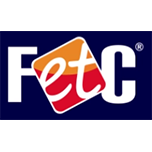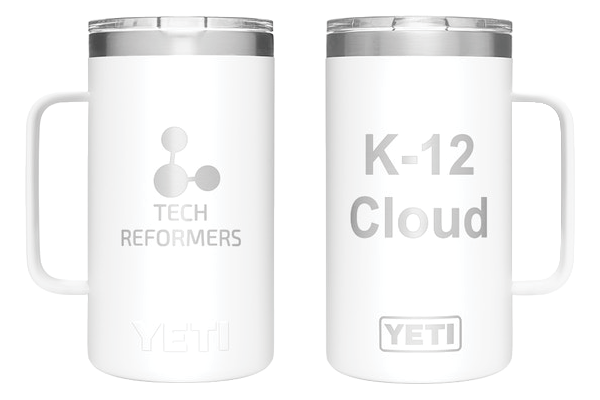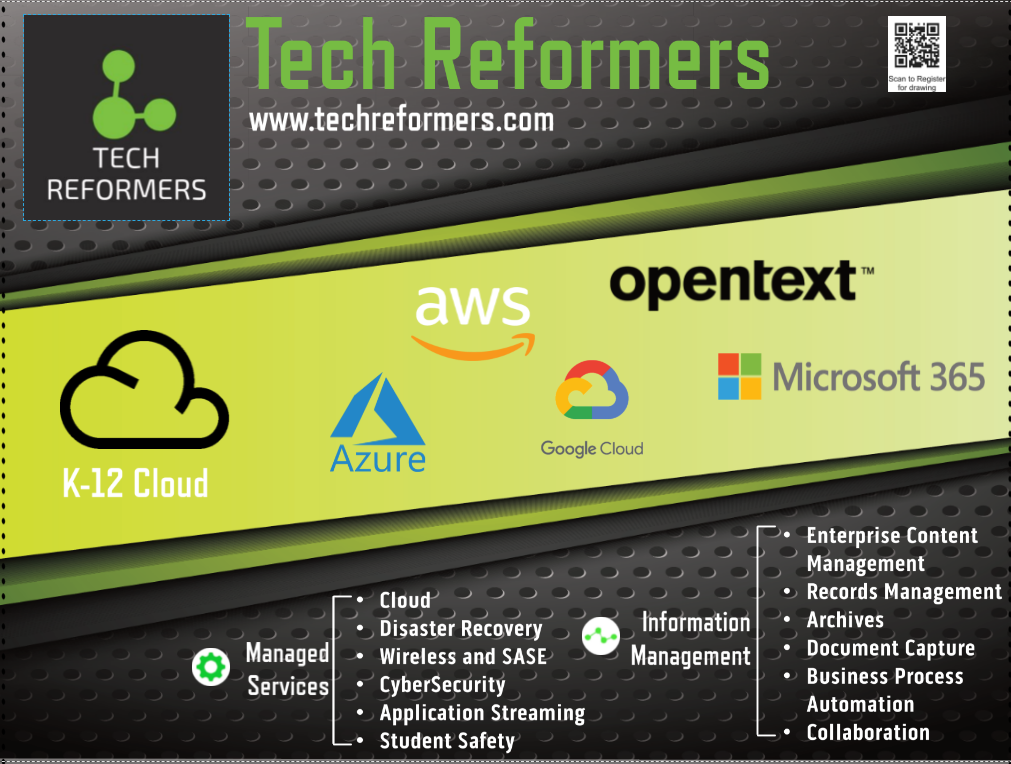
When wrapping up a course on cloud computing we spend some time discussing how to prepare for the interview. I think we can all agree that interviews can be stressful experiences. We freeze up on questions or are so concerned about having an answer that we do not hear the question entirely. A big part of an interview is preparation. This goes beyond researching the company and role but also utilizing the STAR technique.

STAR is an acronym for Situation, Task, Action, and Result and can provide guidance on how to rehearse a response so that you are able to answer questions clearly and confidently. Utilizing this technique can help the interviewer better identify what experiences you bring with you.
With the STAR technique, you will create a story that shows a clear conflict and resolution that focuses specifically on your contribution.
The breakdown of STAR technique is as follows:
Situation
Describe the story or situation. Be careful to not tell a novel. Share two to three important details relevant. This situation can be from a previous employer, volunteer project, sports team, or a project when you were in school.
Task
Describe what your responsibility and role were during this situation. Teamwork is important and this can be mentioned as part of the Situation, but you want to highlight your specific role. Select one or two points to share that are relevant to the action and result.
Action
Explain what you did. Many times, using pronouns such as “we”, “us”, and “our” can be beneficial to emphasize teamwork but this is not one of those times. The interviewer wants to hear about what your responsibilities were and the actions you took. Be careful to avoid blame on team members if an outcome is unfavorable. You can address any complications and how you handled them. Spend some more time on this section describing what you did.
Result
What was the outcome? This is something you want to explain whether it was positive or negative. Select two to three points to share regarding the result and, most importantly, what you learned from them. Whether the end result is positive or negative, there is almost always a learning opportunity that can be associated with it. This can be a process improvement, identifying problem indicators early on, or maybe an improvement of a hard skill such as using Amazon S3 or AWS Lambda.

Spend some time coming up with two to three scenarios based on your past experiences that are relevant to the role you are applying for. For each scenario, create a storyline using the STAR method with most of the details and time spent on the Action and Result steps. The Situation and Task steps should build up to those final two steps.
Google’s Interview Warmup
Google released this AI-enabled tool in June 2022 to help professionals gain confidence and practice interview techniques. Google’s Interview Warmup tool will transcribe answers that you type or speak into. This tool was created to align with Google’s short-term certifications but it can be used by anyone.
To get started with this tool.
- Go to https://grow.google/certificates/interview-warmup/
- Choose from one of the provided fields (Data Analytics, E-Commerce, IT Support, Project Management, UX Design, General)
- Google Interview Warmup will present five questions based on the field you selected. The questions can be based on your background, situational experiences, or technical skills. Below you will see some of the questions for the IT Support field.
With Interview Warmup, your answers are transcribed in real-time so you can review what you said. You’ll also see insights as patterns detected by machine learning that can help you discover things about your answers, like the job-related terms you use and the words you say most often. It can even highlight the different talking points you cover in each answer, so you can see how much time you spend talking about areas like your experience, skills, and goals. Your responses aren’t graded or judged and you can answer questions as many times as you want. It’s your own private space to practice, prepare and get comfortable.
Leadership Skills
In addition to spending time using the STAR method and interview skills, it can be beneficial to research various leadership principles.
Amazon has 16 leadership principles. They are discussed in more detail on the Leadership Principles page but below is the list of the 16 principles.
- Customer obsession
- Ownership
- Invent and simplify
- Are right, a lot
- Learn and be curious
- Hire and develop the best
- Invest in the highest standards
- Think big
- Bias for action
- Frugality
- Earn trust
- Dive deep
- Have backbone; disagree and commit
- Deliver results
- Strive to be the Earth’s best employer
- Success and scale bring broad responsibility
In class, we spend time covering these leadership principles from Amazon. I open up the floor for the learners to share any organizations or individual leadership principles they admire and try to adopt as their own. For me, I add my own from Richard Branson, and Steve Jobs and end with a favorite quote of mine from Marissa Mayer I always did something I was a little not ready to do. I think that’s how you grow. When there’s that moment of “Wow, I’m not really sure I can do this, “ and you push through those moments, that’s when you have a breakthrough.
I have this quote in my office and whenever I face a new challenge I think of this quote and encourage my learners to do the same as they start their new careers in cloud computing because sometimes you just have to trust the process and experience those breakthroughs. Check out Tech Reformers openings.

Tasha Penwell is an AWS Educator, Authorized Instructor, and a Certified Solutions Architect. She is also a subject matter expert (SME) in web development, cloud security, and cloud computing. As a speaker, she talks about AWS education and AR technologies.








